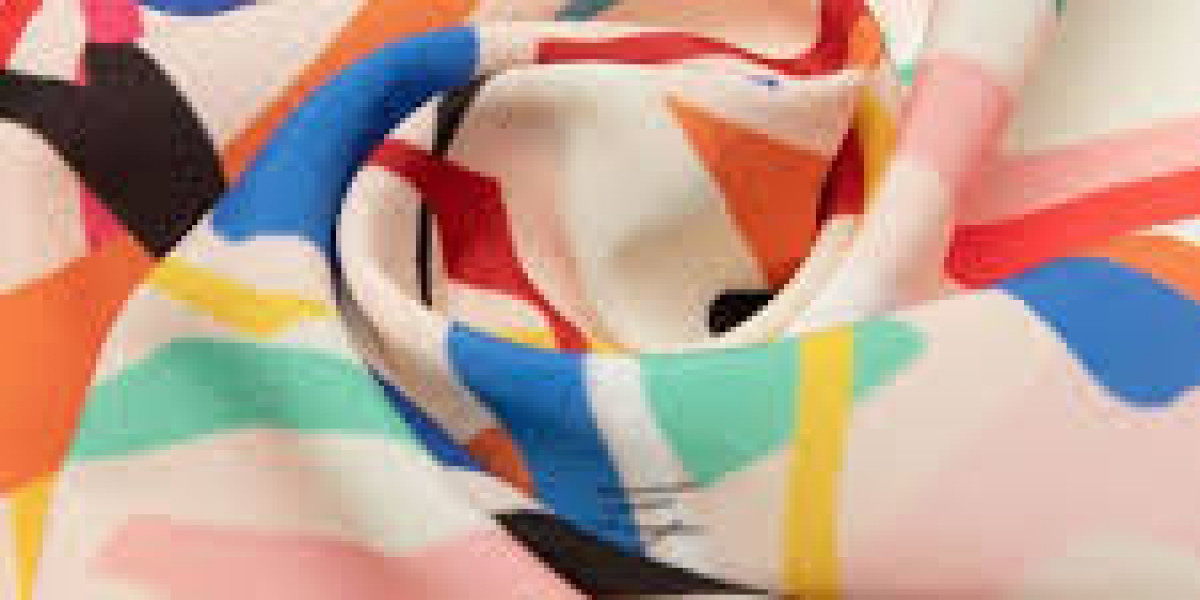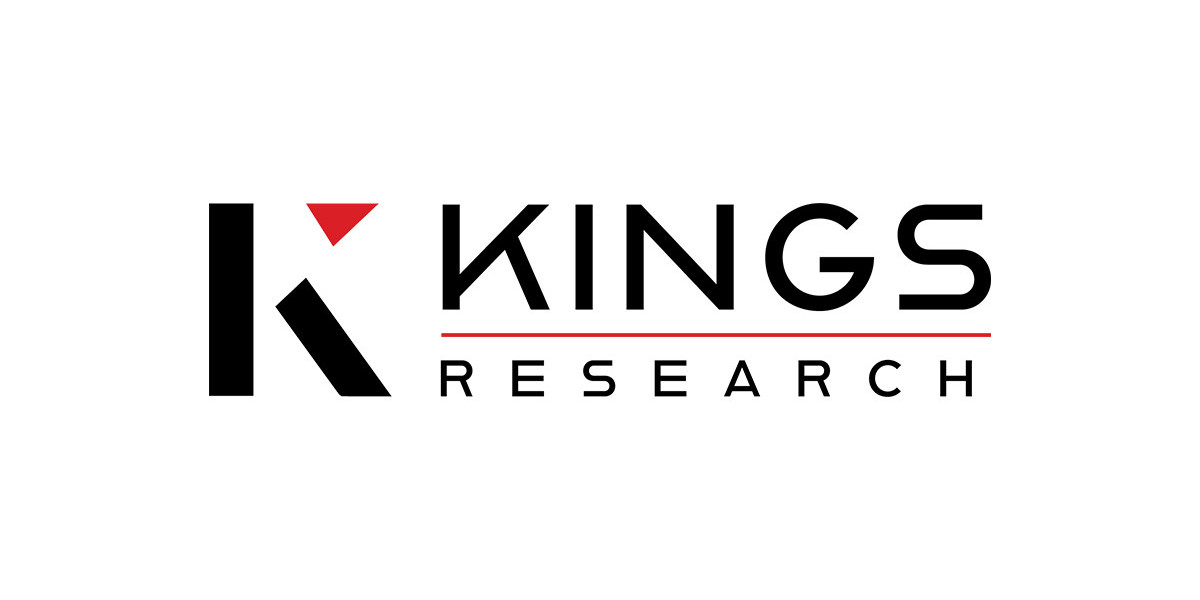In today’s fast-paced textile and fashion world, innovation is no longer optional—it is essential. One of the most exciting advancements revolutionizing this industry is custom digital fabric printing. Unlike traditional methods such as screen or rotary printing, digital printing transfers designs directly onto fabric using advanced inkjet technology. This makes it faster, more efficient, and far more versatile.
From high-fashion apparel and home décor to personalized accessories and promotional products, digital printing has opened doors to creativity, customization, and sustainability. In this article, we’ll explore how custom digital fabric printing works, its advantages, applications, and future potential—along with answers to common questions about the process.
What is Custom Digital Fabric Printing?
Custom digital fabric printing is the process of applying digitally designed images, patterns, or graphics directly onto fabric using specialized printers. Instead of requiring physical stencils or screens, the design file is fed into a digital printer, which sprays eco-friendly inks directly onto the textile.
This process allows unlimited colors, gradients, and photographic details to be reproduced on fabric, making it ideal for both small personalized projects and large-scale production.
How Does the Process Work?
The process of custom digital fabric printing involves several precise steps:
Design Creation
A digital design is prepared using software like Photoshop, Illustrator, or CAD tools.Fabric Pre-Treatment
The fabric is coated with a special solution to ensure ink adhesion and brightness.Digital Printing
Advanced inkjet printers spray water-based, eco-friendly inks directly onto the fabric with microscopic precision.Fixation
Heat or steam is applied to permanently bond the ink with fabric fibers.Finishing
The fabric is washed, dried, and softened to ensure durability and quality.
This process eliminates many steps associated with traditional printing and ensures a faster turnaround time with high-resolution output.
Advantages of Custom Digital Fabric Printing
Unlimited Creativity
Designers can bring even the most complex ideas to life—whether it’s gradients, detailed patterns, or photographic images.
Eco-Friendly Technology
Digital fabric printing uses less water, fewer chemicals, and minimal energy, making it far more sustainable than traditional methods.
Cost-Effective
With no need for costly screens or stencils, it is budget-friendly for both small and large runs.
Speed and Efficiency
Designs move straight from the computer to fabric, reducing production time drastically.
High-Resolution Prints
Prints are sharp, vibrant, and long-lasting, with excellent wash durability.
Personalization
Custom orders can be made in small quantities, even one piece—perfect for personalized gifts, samples, or limited-edition collections.
Applications of Custom Digital Fabric Printing
Fashion and Apparel
Designers use digital printing for T-shirts, dresses, scarves, sportswear, and even haute couture collections.Home Furnishings
Curtains, upholstery, cushions, and bed linens can be personalized to match interior design themes.Corporate Branding
Businesses use it for uniforms, tote bags, banners, and promotional merchandise.Event and Décor
Digital printing makes it easy to create custom backdrops, tablecloths, and exhibition materials.Small Businesses and Crafts
Entrepreneurs benefit from affordable small-batch runs, enabling them to sell custom-printed products online.
Best Fabrics for Digital Printing
Not all fabrics are equally suitable for digital printing. The most common include:
Cotton – Soft, breathable, and versatile.
Silk – Luxurious and elegant, often used in scarves and high-end fashion.
Polyester – Durable, vibrant, and perfect for sportswear and décor.
Linen – Stylish and natural, ideal for home textiles.
Blends – Cotton-polyester blends for balance between comfort and strength.
Each fabric requires different types of inks (reactive, sublimation, or pigment) to achieve the best results.
The Technology Behind It
Digital fabric printing thrives on cutting-edge technology, including:
High-speed inkjet printheads for fast and precise printing.
Eco-friendly inks (pigment, reactive, or sublimation).
Color management software (RIP) to ensure accurate shades.
Online design platforms for customers to create their own fabric designs.
Future of Digital Fabric Printing
The future of textiles is personalized and sustainable, and digital fabric printing plays a key role in this transformation. Trends include:
On-demand production to reduce fabric waste.
Waterless printing technologies to improve sustainability.
Integration with smart textiles combining fashion and technology.
Mass customization where consumers design fabrics online and receive doorstep delivery.
FAQs
What is the difference between digital fabric printing and screen printing?
Screen printing uses stencils and is cost-effective for very large bulk orders but limited in detail. Digital printing allows unlimited colors and intricate designs, with no setup costs.
Are digitally printed fabrics durable?
Yes. With proper pre-treatment and fixation, digital prints remain vibrant and resistant to fading even after many washes.
Can I order a single custom-printed fabric piece?
Yes, digital printing is perfect for small quantities, even just one item, making it ideal for personalization.
Is digital fabric printing eco-friendly?
Yes. It uses less water, fewer chemicals, and safe inks, making it more sustainable than conventional methods.
What industries benefit most from this technology?
Fashion, interior décor, promotional products, event management, and small craft businesses benefit the most.
Conclusion
Custom digital fabric printing has revolutionized how fabrics are designed, produced, and consumed. With its combination of creative freedom, cost-effectiveness, eco-friendliness, and speed, it offers unmatched value for both businesses and individuals.
From luxury fashion and home décor to personalized gifts and promotional merchandise, its applications are endless. As technology advances, we can expect digital fabric printing to become even more sustainable, accessible, and innovative.
In short, the future of textiles is digital, customizable, and environmentally responsible—and those who embrace it today will lead the industry tomorrow.







